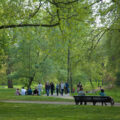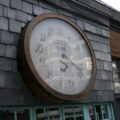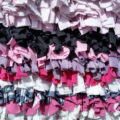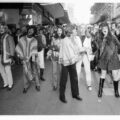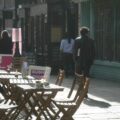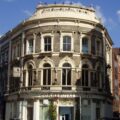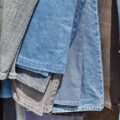Recycled Vintage Clothing Stores East London
February 27, 2024What are the best recycled vintage clothing stores East London? The ones with the biggest selections, the ones with the best-quality clothes, and the ones who will pay the most for donations of vintage clothes? Read on to find out.
There are many reasons to search for vintage clothing stores. Wearing second hand clothes has always been popular, as it is environmentally friendly, saves money, and you’ll find clothes that are unusual. It’s interesting to see that environmentalism isn’t a new concept at all, although it wasn’t always called that. In earlier days it was called “being careful” and it would be very unusual if you did not hand clothing down among your children, from the eldest to the youngest as they grew out of it.
New Clothes Were Vanishingly Rare
In Victorian times, even the eldest was not guaranteed new clothes, as they may have been wearing things from their cousins or neighbours. This would be however well off you were, although more well-off people stopped passing the clothes down when they became particularly shabby, whilst poor people probably kept on doing it.
More wealthy people, who could afford to have staff, still passed things on and altered them. It was usual, in fact, to give clothing you were tired of to the servants. You also took the greatest of care of the clothing you owned. It’s interesting to note that cloth was more valuable than time, specifically a servant’s or seamstress’s. There are manuals on how to clean clothing going back hundreds of years, and any housekeeper or ladies maid would know not just basic laundry but how to get mud and stains out of things. You did not just throw soiled items away.
Recycled Vintage Clothing Stores East London – Historical Vintage Clothes
Similarly, many years ago, the fabric itself was more valuable and fashionable than the shape of clothes. Clothing in Georgian times was more fashionable the more lace, fine linen, silk, embroidery or gold thread you could cram onto it. Like Japanese kimonos, which have always been cut to maximise the fabric used and not waste any, very expensive court gowns used tucks and gathers, tacked in place, to change the shape of a gown, rather than cutting into the very expensive fabric. Even when it caused a rather bulky line or alterations were more obvious than we’d perhaps expect today, it was more important to save the fabric and no shame in it whatsoever.
Fabric was very, very expensive, and moreover, it took a long time to make. A pair of small matching lace panels, about 30cm long by 4cm wide, took two years to create. Why wait another two years when you could just reuse the ones you had?
Sudden Abundance
But by the early 20th century, factory machines and new farming techniques meant that fabrics and food were being made far more quickly and in greater volume than ever before. Despite the slight hiccups of things like the Great Depression in the 1930s, or World War 2 in the 1940s, by the 1950s in America in particular, there was so much abundance of food and clothing that people began to feel that they had everything they wanted, and more. So why put a spanner in the works by actually complaining that things were comfortable?
The Downside
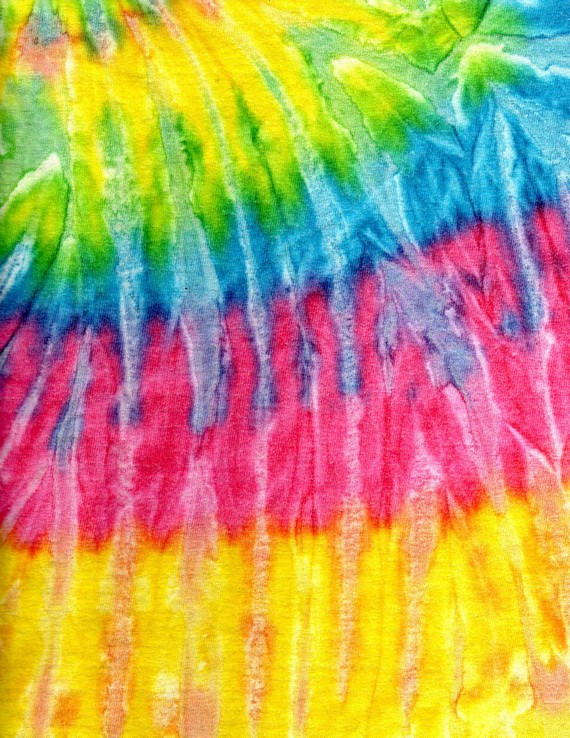
Recycled Vintage Clothing Stores East London. Tie dye, a hippy staple. Image Royalty free via Pickpik.
On the 30th June 1962, Rachel Carson’s book, “Silent Spring”, was published. It outlined the dangers of agricultural chemicals, pesticides, and other modern chemicals. It explained how they polluted streams, damaged bird and animal populations, and caused severe medical problems for humans. This treatise was widely read, and caused alarm. A generation of Americans in their teens and 20s who were, perhaps, bored with the comfortable and unexciting life they had, and did not really remember or were unaffected by the terrible years of the 1930s, wanted change.
They were the hippies. They grew their hair and beards long, and looked to the religions of other countries for guidance. Hippies tried out drugs to see if that made things feel different. And tried on the clothing of other cultures too. They took up vegetarianism and healthy whole food diets. They really wanted to be different to their parents, and did not accept their ways.
Rachel Carson’s ethos fit in with their own. They also did not, in general, agree with nuclear weapons. And were terribly afraid that the Cold War that was currently taking place between the United States and the Soviet Union and their respective allies was going to end all life on the planet anyway. So there was a feeling of rebellion and hedonism. And a sort of conflicting feeling that we should be very very careful of the planet and its resources. But not that careful of bodies and, particularly, minds, given that everyone might die tomorrow.
Recycled Vintage Clothing Stores East London – Hippies
Fashion-wise, the impact of this was a resurgence of interest in second-hand (not yet called vintage) clothing. Hippies mined the dressing up boxes of their grandma’s and mother’s heydays. They wore clothing from the 20s, 30s and 40s, but irreverently. For them, it was not important that the stuff was clean and in pristine condition. They did not want to immaculately recreate the look of a flapper. Rather, to them, and possibly in an acid-and-marijuana haze, they just liked the beading, and put the dress on.
They liked clothing from other countries too, as it reminded them of their travels to new lands. They liked the genderbendingness of men wearing beads and long hair. The Beatles, it has to be said, were a big influence in this. It is easy to visually trace their journey from a group of men in suits (albeit with striking matching haircuts) of the early 1960s to the beards, long hair and “granny glasses” of the 70s. Their music followed suit.
Vintage lovers can expect to find alternatives to high street fast fashion at one of the many vintage shops in London. Designer pieces and vintage items are to be found in vintage stores in Camden market, East London, Covent Garden and elsewhere. Good vintage boutique include House of Vintage, Hunky Dory, Serotonin Vintage, Mero Retro, and Paper Dress Vintage, for vintage clothes.







